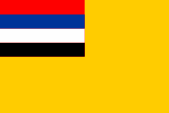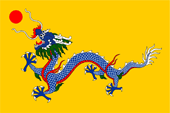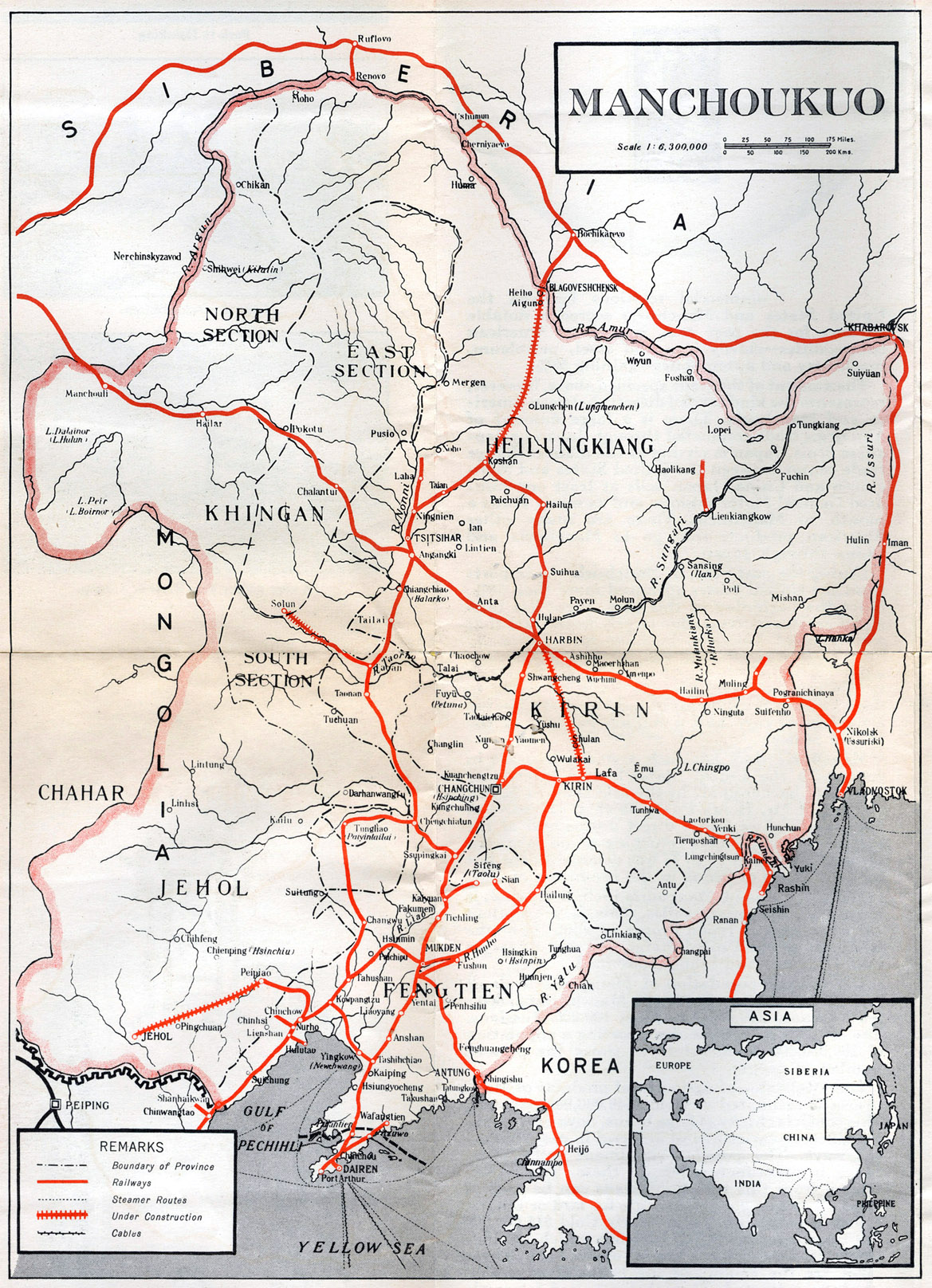mobile Ansicht, to the English Version tap the flag
![]()








Antike · Besiedelung durch tungusische und mongolische Stämme
1368–ca.1580 · Ming-Dynastie in China, das Land ist von China abhängig
ca.1580 · das tungusische Volk der Mandschu erobert unter dem Feldherrn Nurhadschi von Nordosten kommend die heutige Mandschurei
1644 · die Mandschuren erobern die chinesische Hauptstadt Peking, stürzen die Ming-Dynastie und etablieren die Qing-Dynastie (auch Mandschu-Dynastie, 1644–1912)
ca.1880 · wachsender Einfluss Russlands in der Mandschurei
1894–1895 · chinesisch-japanischer Krieg
1896 · Russland erhält Eisenbahnbaukonzessionen in der Mandschurei
1900 · Russland besetzt die Mandschurei
1904–1905 · russisch-japanischer Krieg
1905 · trotz Anerkennung der chinesischen Hoheitsrechte in der Mandschurei durch Russland und Japan teilen beide Länder die Mandschurei in zwei Einflusssphären unter sich auf
1912 · Sturz der Monarchie in China, Proklamation der Republik
1916–1928 · Bürgerkrieg in China
1918 · der chinesische Marschall Zhang Zuolin bringt die Mandschurei unter seine Kontrolle und wird in der Folgezeit von Japan unterstützt → steigender Einfluss Japans in der Mandschurei
1931 · militärische Intervention Japans in der Mandschurei
1932 · Gründung des Staates Mandschukuo als Japanischer Satellitenstaat, der letzte chinesische Kaiser Pu-Yi aus der mandschurischen Qing-Dynastie wird Regent von Mandschukuo
1933 · Anschluss des chinesischen Rehe-Gebietes an Mandschukuo (zwischen den Flüssen Luan und Liao)
1934 · Pu-Yi wird Kaiser von Mandschukuo
August/September 1945 · sowjetische und mongolische Truppen erobern Mandschukuo, stürzen das Kaiserreich, vertreiben die Japaner und übergeben Mandschukuo den kommunistischen chinesischen Partisanen die es als Rückzugs- und Reorganisationsraum nutzen
1945–1951 · Bürgerkrieg in China (Nationalchinesische Regierung der Guomindang gegen kommunistische Partisanen)
01.10.1949 · Proklamation der Volksrepublik China (unter Einschluss der Mandschurei) durch die überlegenen kommunistischen Partisanen, die mittlerweile den größten Teil Chinas kontrollieren, die Mandschurei wird dabei auf die Provinzen Heilongjiang, Jilin, Liaoning, Hebei und das Gebiet der Inneren Mongolei aufgeteilt
Quelle:
Wikipedia (D),
World Statesmen
![]()
